Vice President Kamala Harris is projected to win Minnesota, according to Fox News, giving the Democratic candidate10 electoral votes.
Minnesota, which has voted for the Democratic candidate in every presidential election since 1976, is part of the 18-state "Blue Wall." These states have voted for the Democratic presidential candidate in most elections since 1992. Kamala Harris' running mate, Governor Tim Walz, is also from the North Star State. Ahead of November 5, many polls showed Harris as the likely winner of Minnesota, with FiveThirtyEight showing her with a five point lead on October 28.
Which presidential candidate did Minnesota voters pick in 2016 and 2020?
Despite Minnesota's long streak of supporting Democratic presidential candidates—the state has not elected a Republican to the White House since Richard Nixon's victory in 1972—recent elections suggest the traditional "Blue Wall" may be showing cracks.
Former Secretary of State Hillary Clinton won Minnesota in 2016 over Donald Trump by a 1.5 percent margin.
In 2016, Minnesota had the highest voter turnout throughout the country, with about 75 percent of the state's eligible voters casting a ballot.
President Joe Biden carried Minnesota by 7.1 percent, as predicted by almost all news organizations. While Trump's strength was concentrated in the rural counties, the areas around Minneapolis, St. Paul, Rochester, and the counties in the northeast accounted for Biden's victory.
Biden also flipped four counties Trump had carried in 2016: Clay, Nicollet, Blue Earth and Winona.
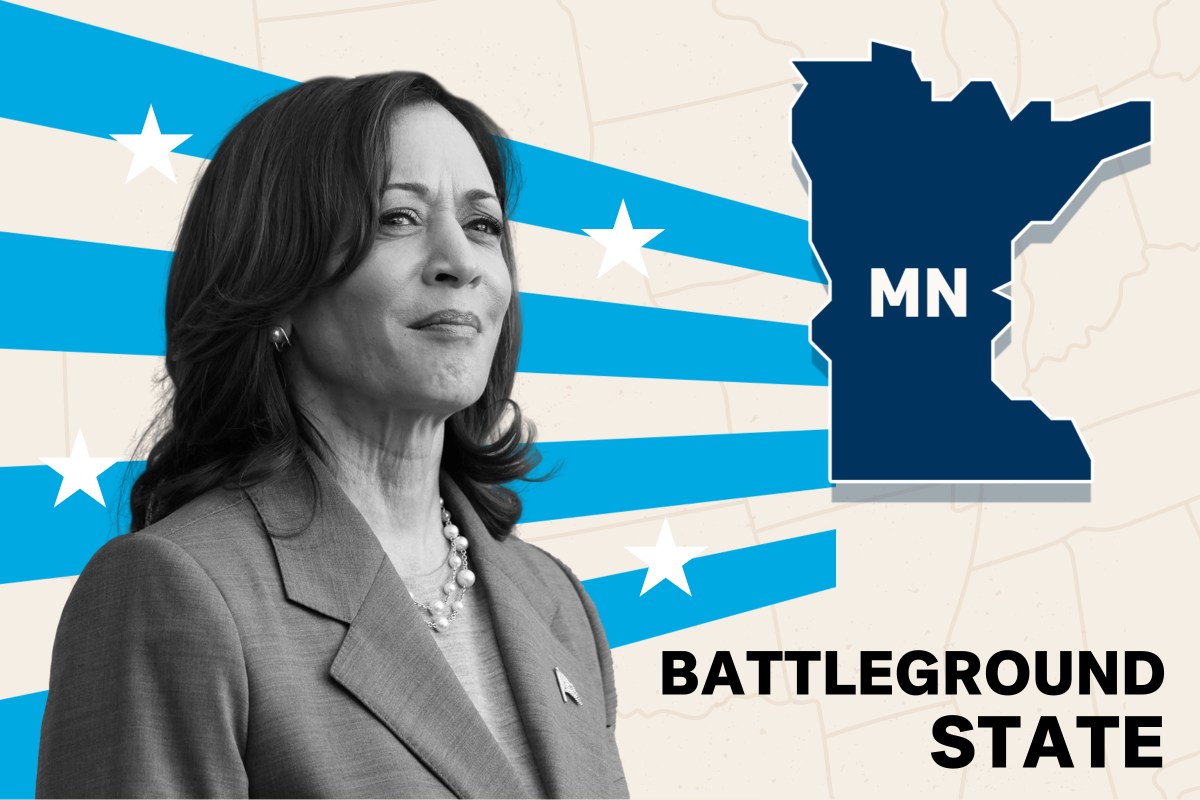
In 2020, the Minnesota Star Tribune editorial board endorsed Biden, saying: "Editorial board endorsement: Biden can reunite, restart America. He'll return science to the White House and provide smart, steady leadership."
However, in September 2024, the paper's editorial board stated: "The newly rebranded Minnesota Star Tribune announced in August that it will not offer political endorsements in the upcoming general election. It was not an impromptu decision to pause our long-standing practice.
"Rather, it is a strategy designed to explore new and creative ways of providing useful analysis to our readers."
"We will vet the positions and offer policy analysis of the candidates seeking the nation's two highest offices. We will take note of, but forgo, staid judgment as to what might qualify as disqualifying campaign behavior. We are confident in the ability of informed citizens to decide whom they wish to vote for based on what they see, hear and research."
What Were the Polling Averages in Minnesota?
RealClearPolitics' Electoral College ratings map listed Minnesota as a toss-up.
FiveThirtyEight aggregate polling on October 30, however, listed the Gopher State as a 5.9-point lead for Harris on October 30, with her receiving 50.1 percent of the vote to Trump's 44.2 percent.
A MinnPost-Embold Research poll released on October 28 showed Harris leading Trump by 48 percent to 45 percent, a slight shift from September when Harris led Trump 49 percent to 44 percent, which narrowed to 49 percent to 45 percent when including those leaning toward a candidate.
The October poll surveyed 1,734 likely Minnesota voters between October 16 and October 22, with a margin of error of plus or minus 2.4 percentage points. The September poll, conducted between September 4 and September 8, surveyed 1,616 likely voters with a margin of error of plus or minus 2.8 percentage points.
Just 2 percent of respondents were undecided, down from 3 percent in September. Meanwhile, 5 percent of those surveyed said they plan to vote for someone other than Harris or Trump. The October poll also showed the former president maintaining an advantage with independents, 36 percent to Harris' 27 percent, with 24 percent preferring other candidates.
Protecting Democracy Among Biggest Issues in Minnesota
The Minnesota Public Radio News and APM Research Lab found that about two-thirds of Minnesota voters said they feel that democracy is under threat.
In a survey conducted September 16 to September 18 of 800 likely voters, democracy was found to be a major concern for all major groupings of voters, including both men and women, all age groups, political persuasions, both white and BIPOC Minnesotans, those with and without a college degree, and those in the four broad regions.
The perception that democracy is currently threatened is more common among Democrats (81 percent) than either independents (64 percent) or Republicans (58 percent). It also was stronger among those favoring the Harris-Walz campaign than those for Trump-Vance (83 percent to 56 percent respectively).
While the secretary of state has received over 860,000 absentee ballots as of October 24, Minnesota doesn't have political party registration, so it can be more difficult to assess the early voting turnout.
In addition to regular early voting locations, officials in at least a dozen communities are hosting "pop-up" sites this year, according to the Star Tribune.
Walz, his wife, Gwen, and their son, Gus, all went to a polling place in St. Paul in October to cast their ballots early.
It was Gus Walz's first time voting. Tim Walz stood with his son as they fed their ballots into the tabulation machine. An election worker called out "first-time voter," and the room cheered, prompting a high-five between the governor and his son.
Walz lives in and is governor of Minnesota. He has returned to the state on multiple occasions since being announced as Harris' running mate, including for the Minnesota State Fair and to cast his early vote.
Trump headlined the state Republican Party's annual Lincoln Reagan Dinner in May. He also visited again in July for a rally in St. Cloud with his newly announced running mate, Senator JD Vance. Vance attended a private, high-dollar fundraiser in Minneapolis at the beginning of October.
This is a stark contrast to how Trump handled the state in the 2020 election, when he rallied in Minnesota three times in the three months leading up to the Election Day.


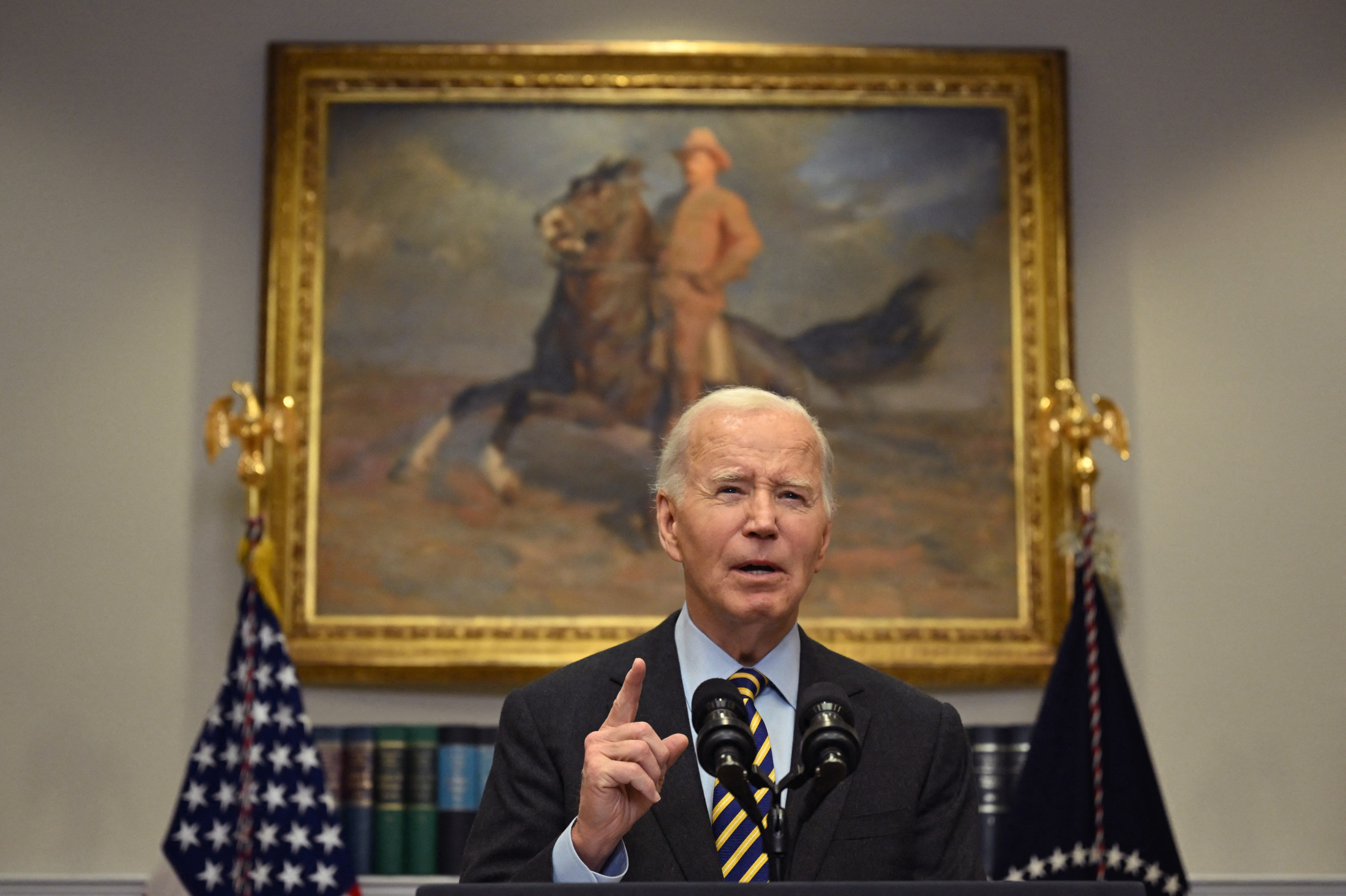


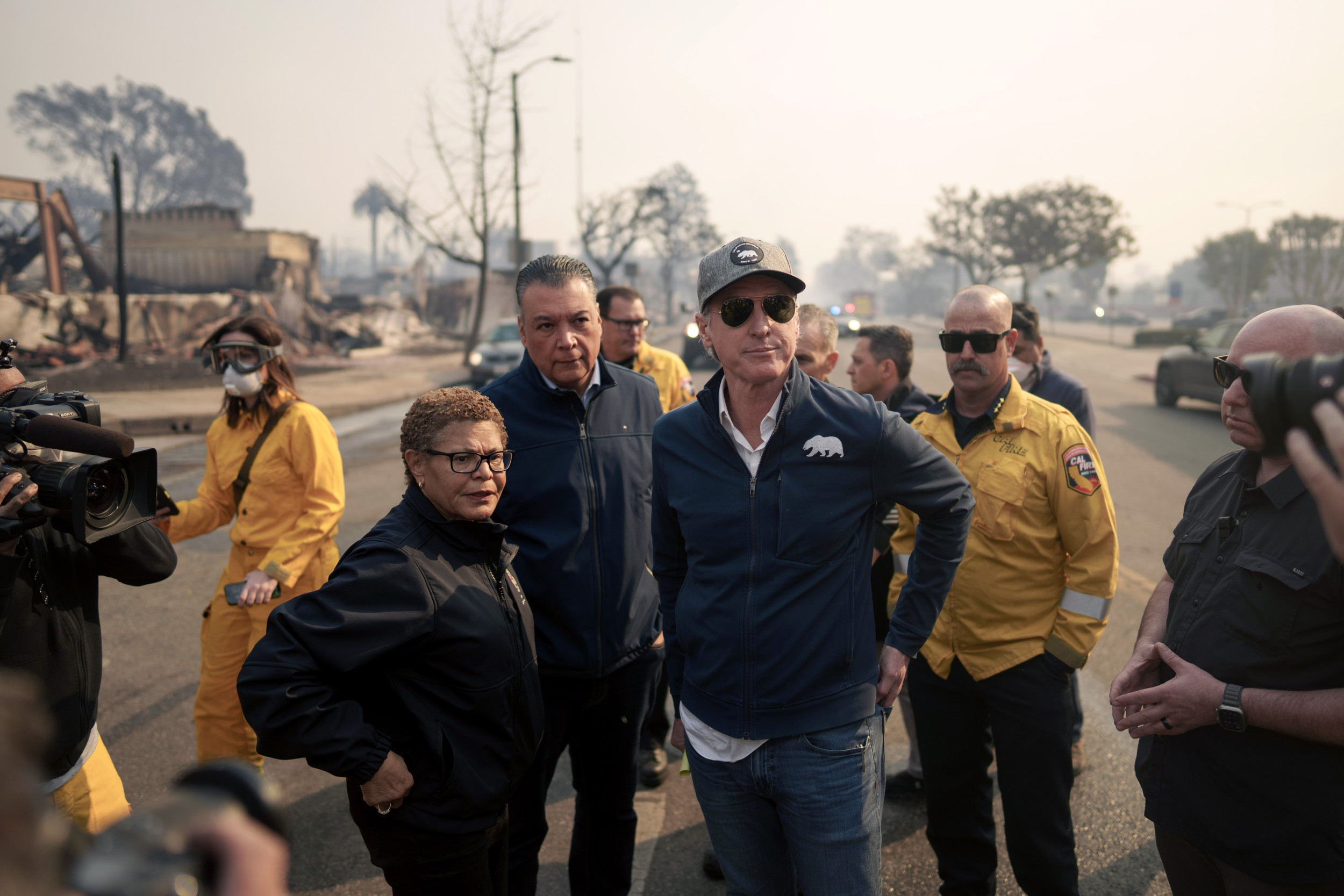
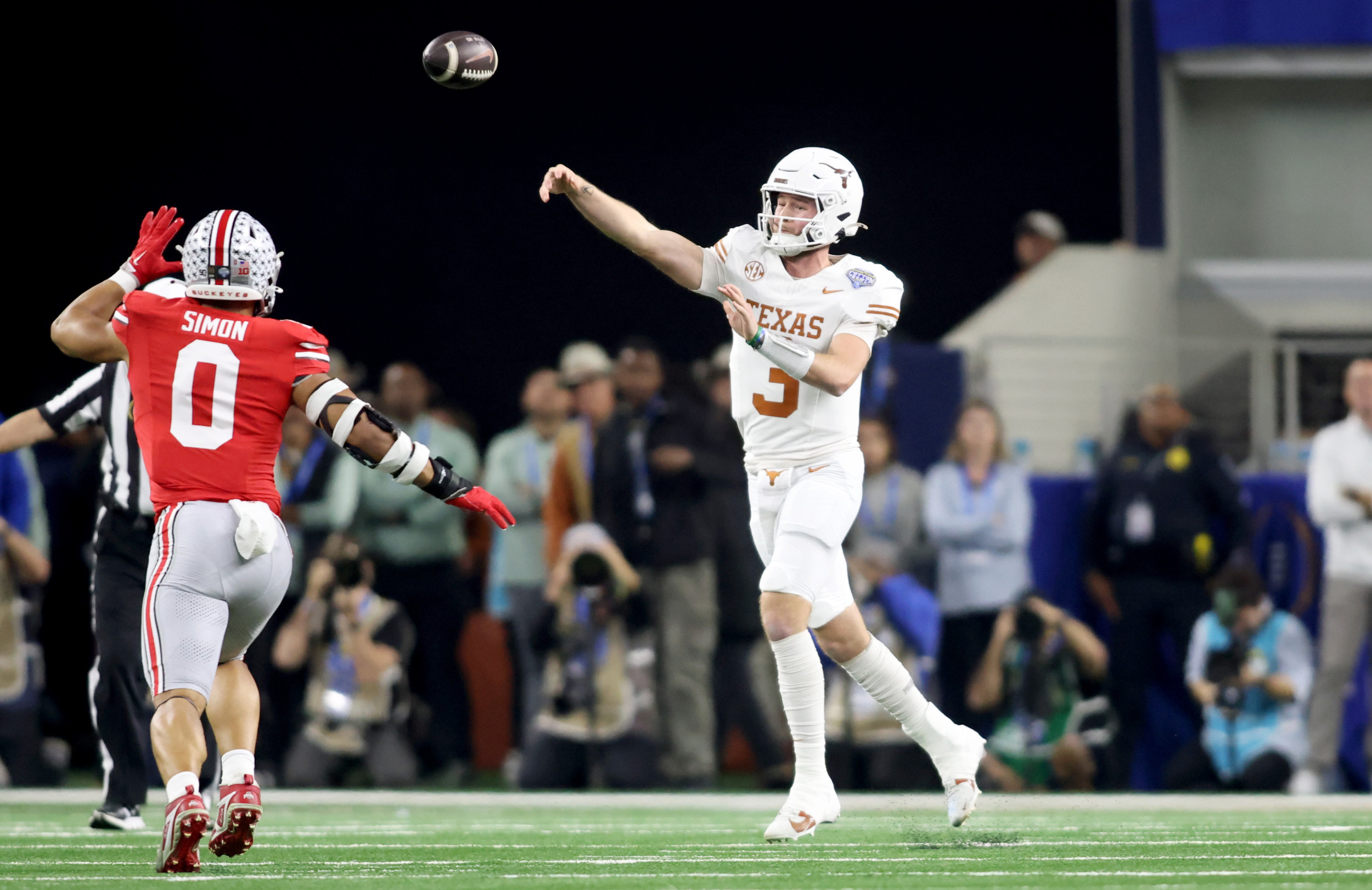




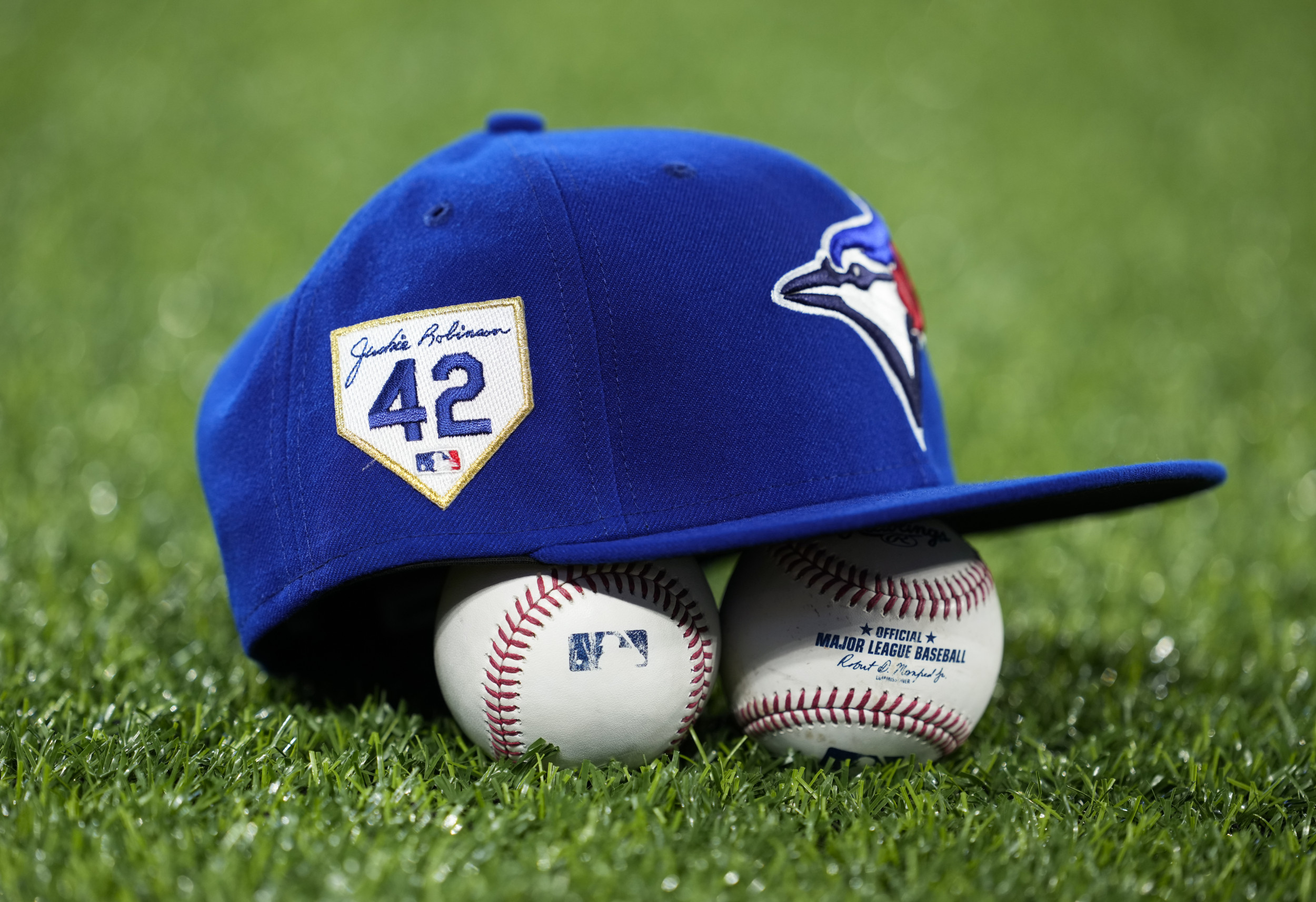








 English (US) ·
English (US) ·